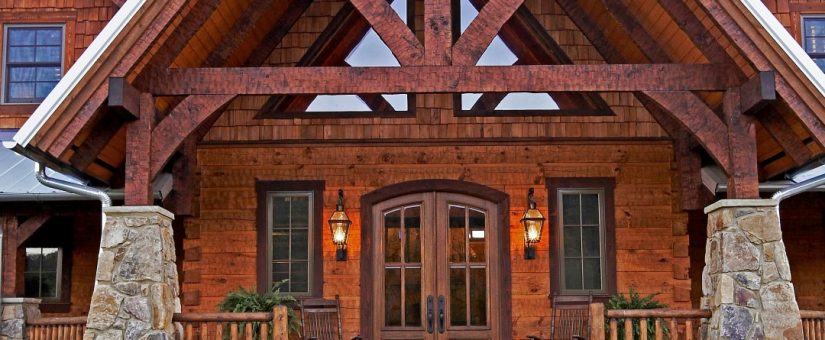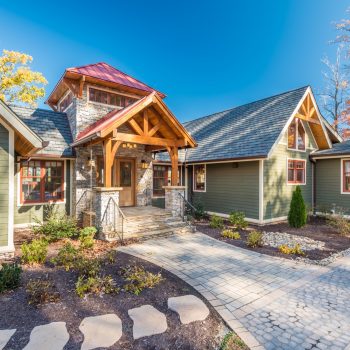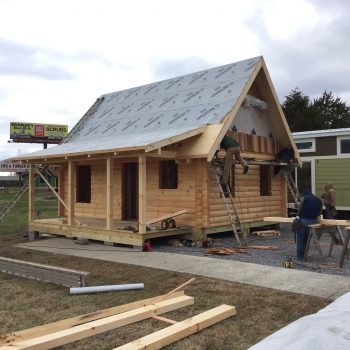
The Role of Wood in Energy Efficiency: Insights on Log Homes
- On November 11, 2024
Understanding Log Homes and Energy Efficiency
Log homes have long fascinated homeowners with their rustic charm and unique aesthetics. However, a common question that arises is, “Are log homes energy efficient?” The answer lies in their ability to store heat and reduce energy consumption through natural insulation.
Does Thermal Mass Impact Energy Efficiency
One of the key factors that make log homes energy efficient is their thermal mass. Log walls have the ability to regulate heat flow effectively, storing heat during the day and releasing it when temperatures drop. This natural process significantly reduces heat loss compared to conventional homes.
Insulation Materials: Solid Log Walls vs. Stud Wall Construction
Solid log walls provide superior thermal resistance owing to their substantial R-value. Unlike stick-built or stud wall homes that rely on drywall and insulation materials to prevent heat loss, log homes inherently resist air infiltration, minimizing air leaks.
Adhering to Building Codes for Efficient Log Home Construction
Modern log home builders follow strict building codes enforced by the department of energy and national association of home builders. These guidelines ensure that log cabin constructions meet current energy code requirements, making them competitive with other building systems like those seen in conventional homes.
Evaluating Log Homes Against Other Building Materials
Log homes utilize building materials such as softwoods, which offer low conductivity, enhancing their natural insulation properties. Unlike the synthetic products used in drywall installation, solid wood used in log houses contributes to an eco-friendly home design that prioritizes sustainability.
Durability and Energy Star Ratings for Log Homes
The durability of solid wood contributes to the longevity of log home living. Many log homes can earn Energy Star ratings due to their reduced energy consumption, especially when compared to other types of structures.
Caulking, Chinking, and Addressing Air Infiltration
Proper caulking and chinking are essential practices in log home construction that seal gaps effectively, preventing unwanted air leaks. This meticulous approach helps maintain interior temperature levels more efficiently than traditional stick-built homes might manage.
Real-World Applications: On-Site Log Home Building Practices
Log home construction requires skilled professionals who understand the intricacies of handling exterior walls made from solid logs. On-site practices include precision fitting and using materials that promote less energy usage through enhanced thermal mass properties.
The strategic use of solid wood coupled with an understanding of R-values and heat flow dynamics makes log cabins a viable option in climates looking for sustainable solutions. Employing these methods assures homeowners of consistent indoor comfort while adhering to National Bureau of Standards’ recommendations for energy-efficient living spaces.
Create a home that’s as efficient as it is beautiful. Call 800-970-2224 to design your custom energy-efficient log cabin!



0 Comments